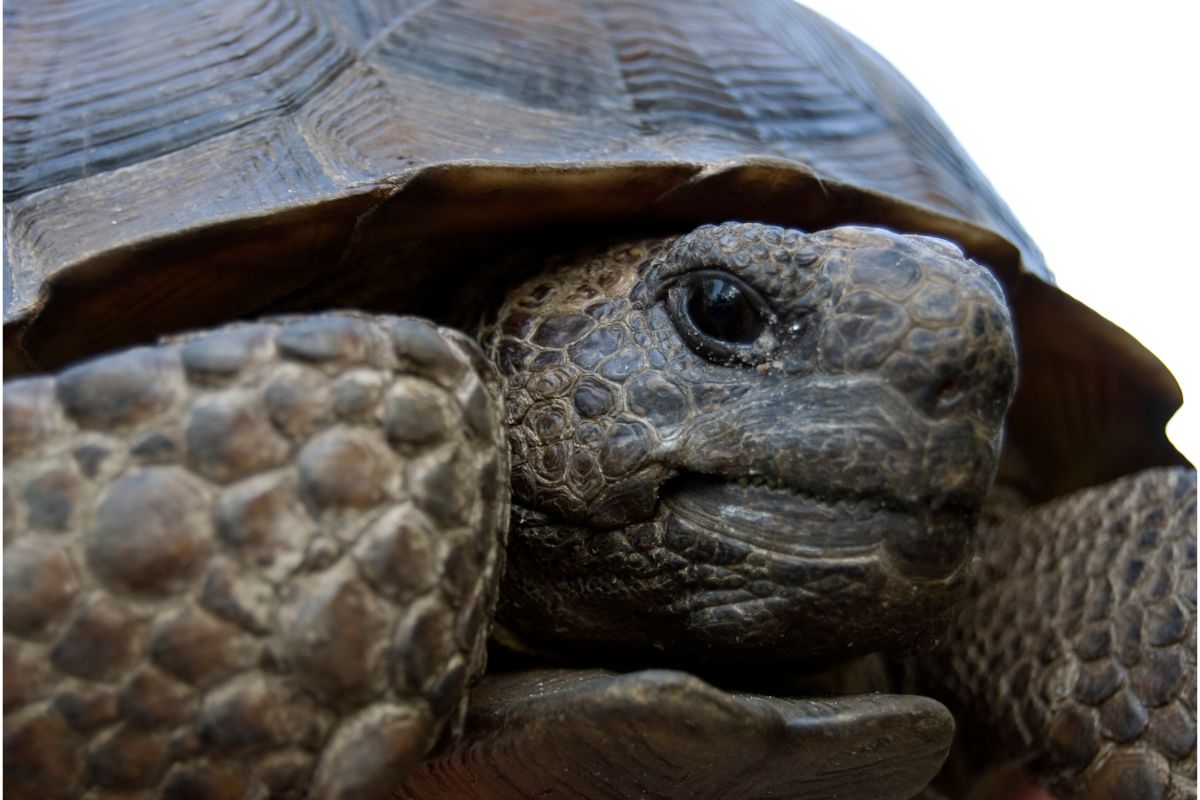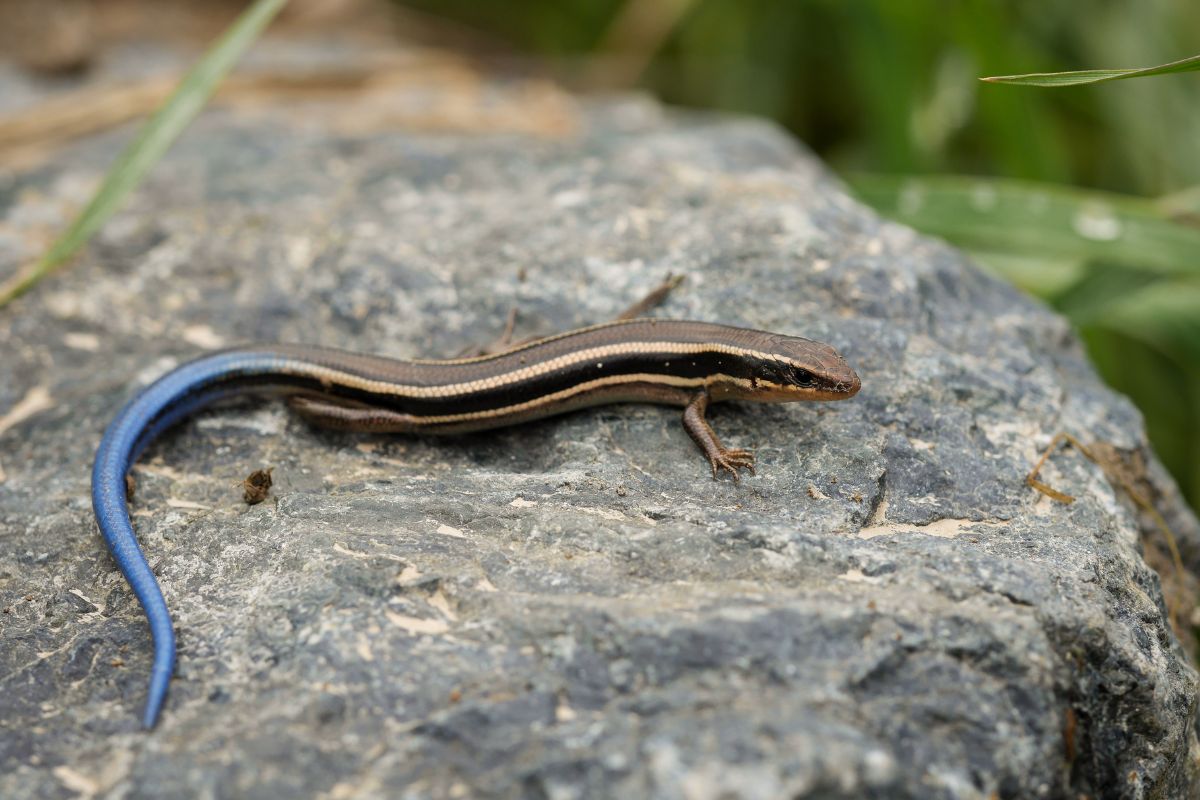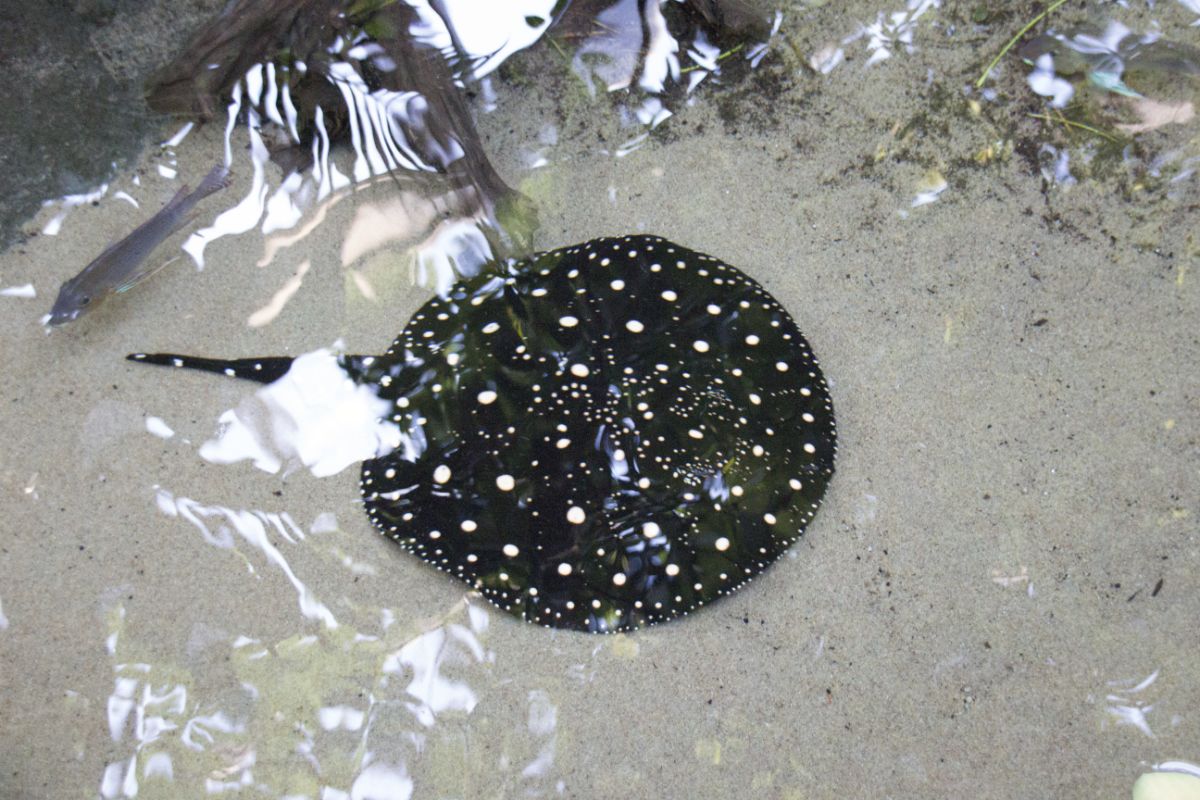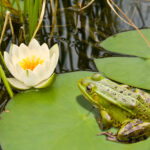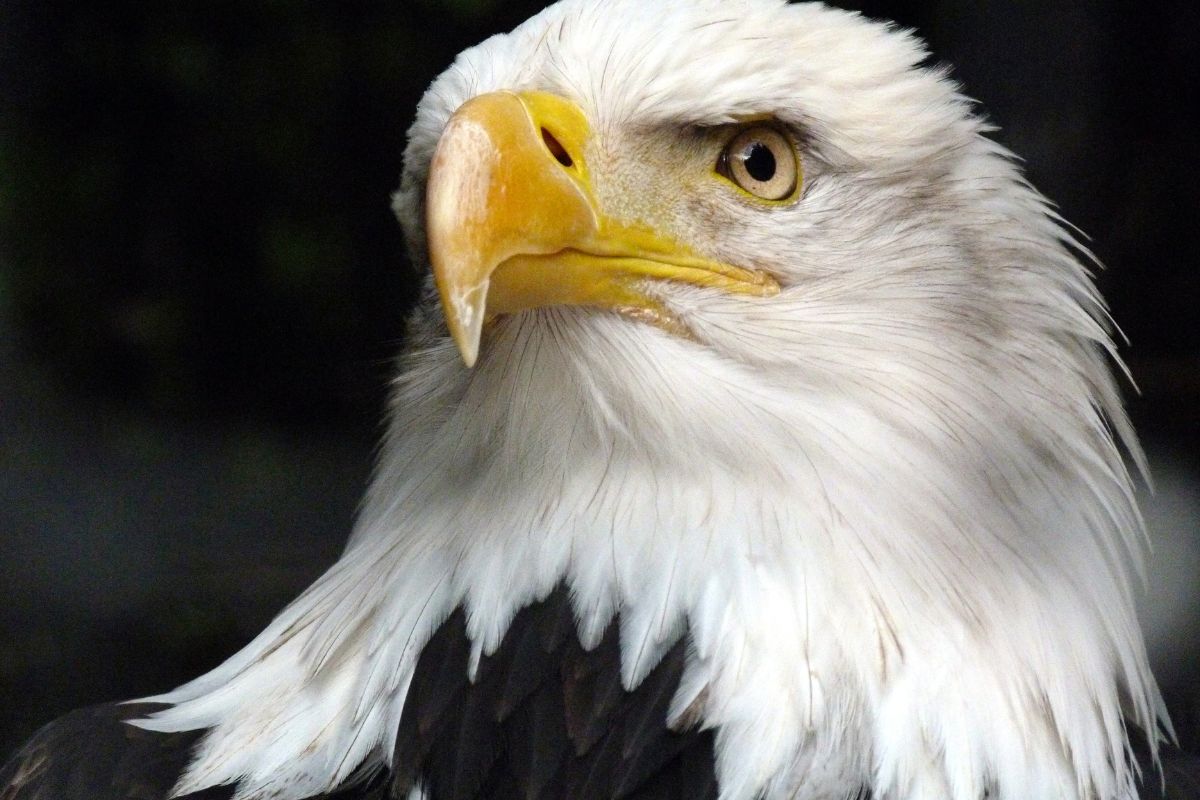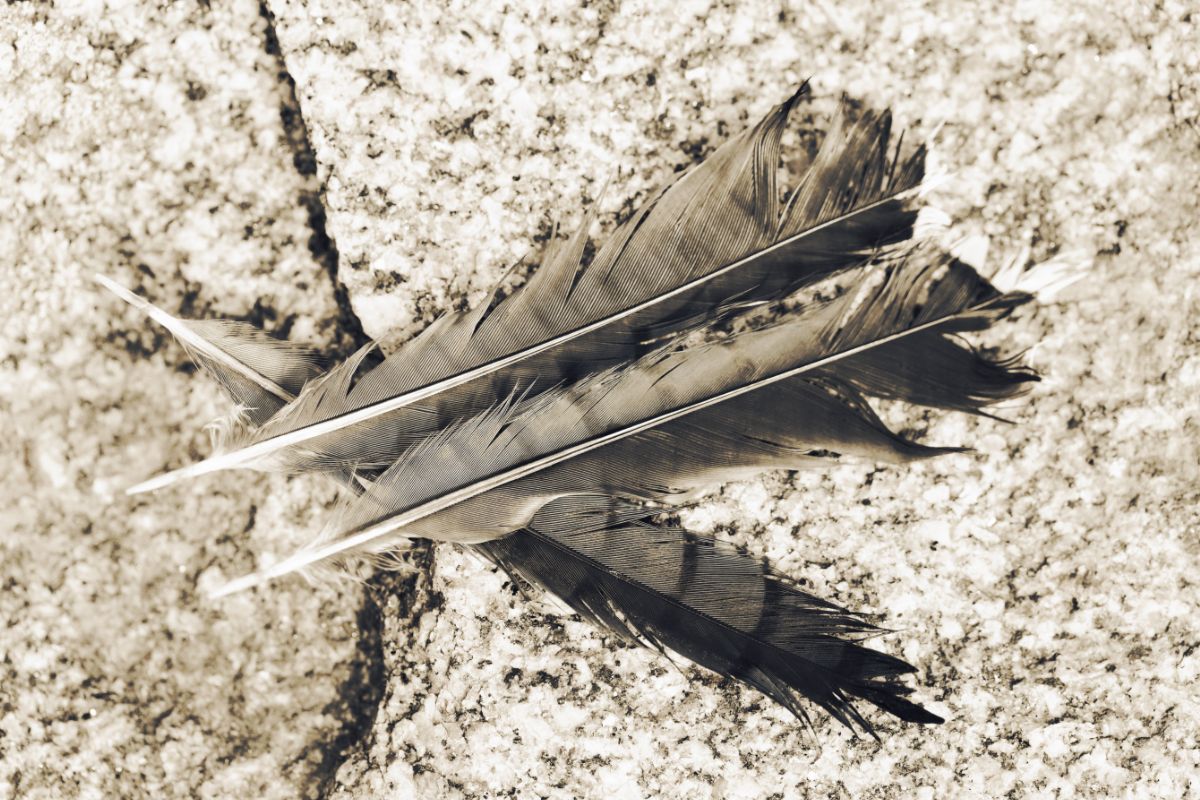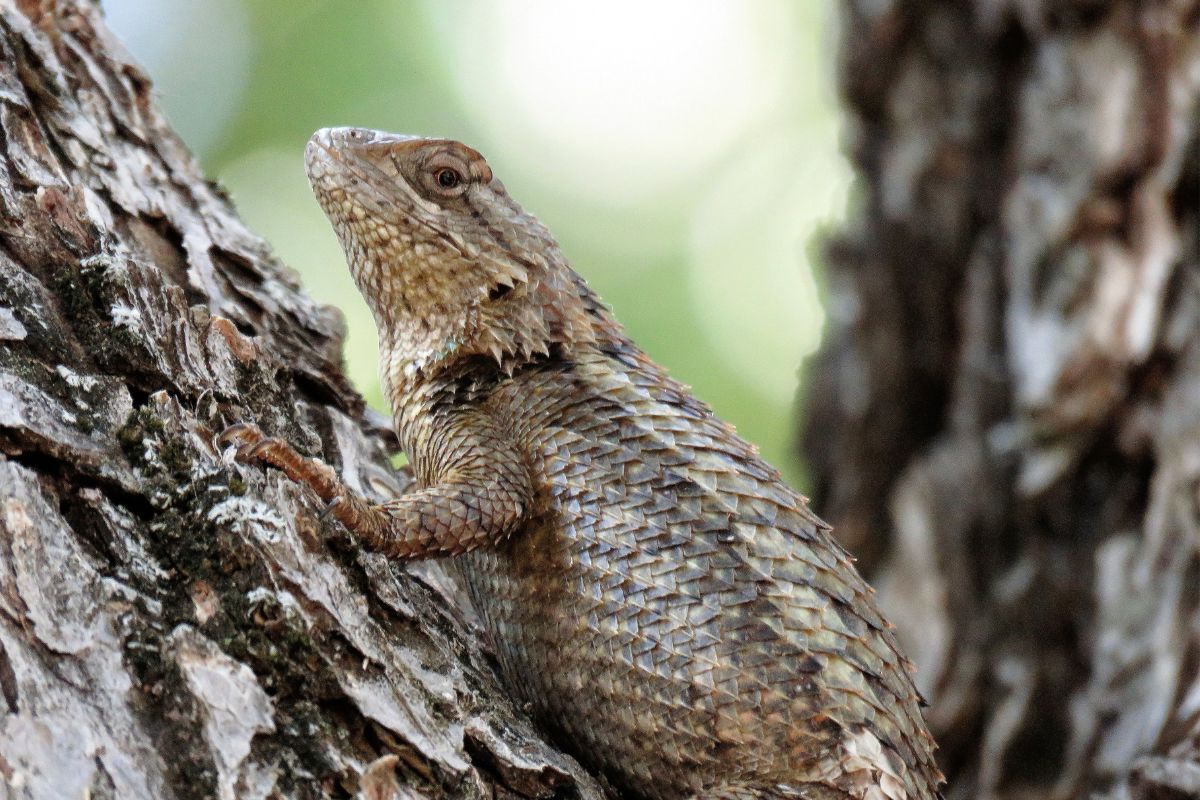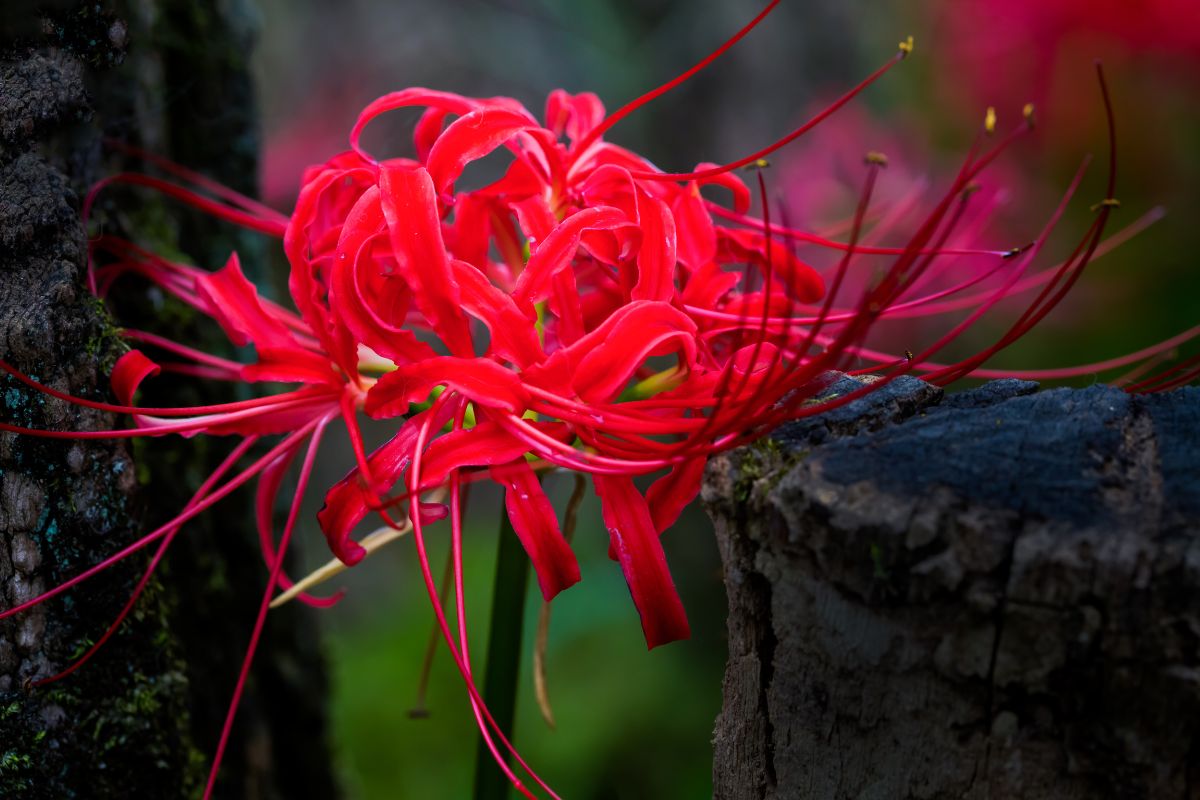The gopher tortoise is one of the few tortoise species found in the United States. This tortoise is primarily found in the Southeastern United States, in states from Louisiana to South Carolina.
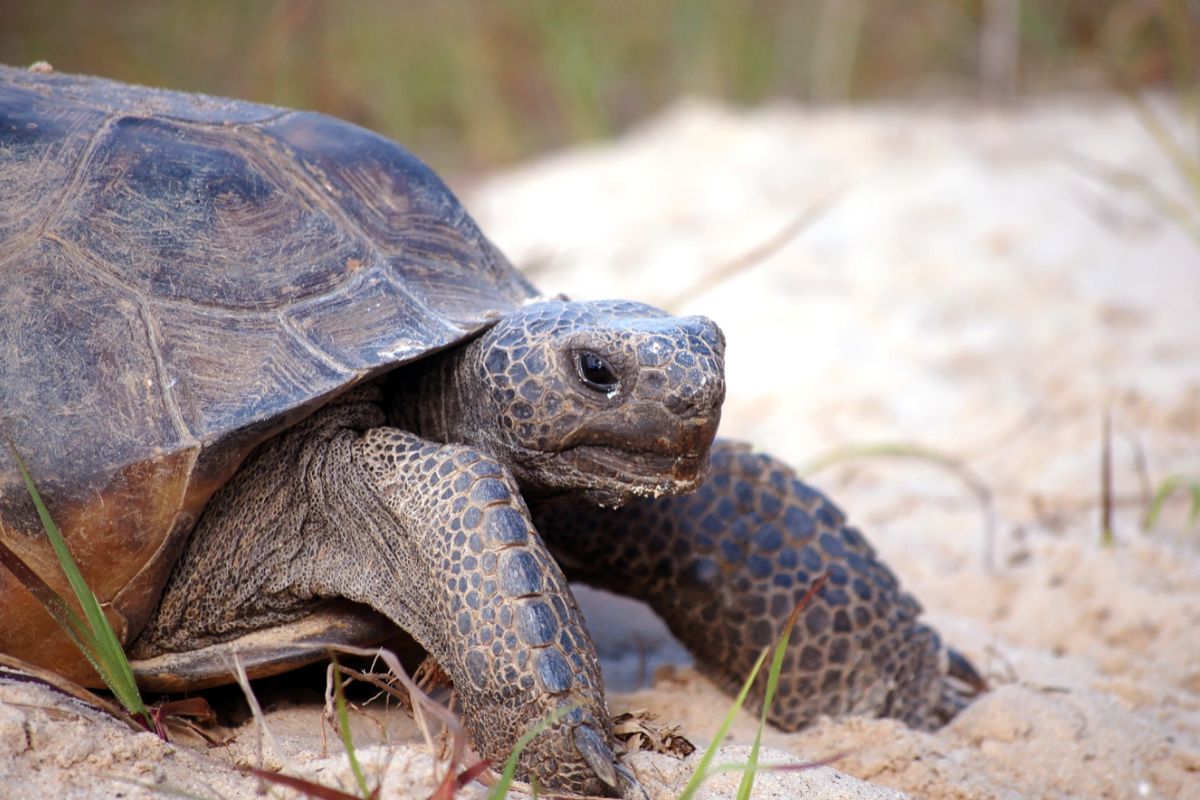
If you want to learn more about this cool species, including why it’s now threatened, just keep reading!
The Gopher Tortoise
Basic Information
- Class: Reptilia
- Genus: Gopherus
- Species: Gopherus Polyphemus
- Family: Testudinidae
- Order: Testudines
- Kingdom: Animalia
- Where this animal can be found: Southeastern states from Louisiana to South Carolina
- Conservation Status: Vulnerable
- Habitat: primarily coastal dunes and longleaf pine forests.
- Size: 9-11 inches, with a maximum recorded of 15 inches.
- Coloring: various shades of brown
- Noticeable Features: attractive brown, tan or gray shell.
About The Gopher Tortoise
How It Got Its Name
The gopher tortoise got its name because of the fact that it digs burrows, like gophers. These burrows can be very deep, usually around 6.5 feet deep and 15 feet long on average.
However, the longest documented gopher tortoise burrow was an incredible 40 feet long, and 10 feet deep – very impressive for such a small reptile!
The front legs of the gopher tortoise are perfect for digging, acting as natural shovels for the dirt. You can find these tortoises across the southeastern United States, though it is now officially recognized as the state tortoise of Florida.
The gopher tortoise is the only land tortoise that is native to this area of the US.
Diet And Habitat
Primarily found in Florida, the gopher tortoise is situated from Louisiana to South Carolina. These animals spend the majority of their lives inside the burrows that they dig to stay away from various predators and the extreme weather.
They become more active when the weather gets warm, not scorching, and patrol the area around their burrows in search of food.
Thanks to science, the burrows of the gopher tortoise are able to stay relatively stable in terms of both humidity and temperature throughout the year.
These animals will dig a number of burrows throughout their lifetimes, with males usually digging up to 35. In order for burrows to be dug, the perfect soil is required.
This soil is dry and sandy, and is typically found in places where there are longleaf pine trees or on sandhills, beneath dry oak trees. However, a gopher tortoise can also make do with soil that is well-drained, in places such as roadsides and pastures when necessary.
The perfect conditions for these animals would be coastal dunes and pine forests. Trees are a must for these animals, but too many will not work for them.
There needs to be enough sunlight that can get through the trees to reach the ground. This will then nourish all the low plants, which this tortoise needs in order to survive.
As a key species, gopher tortoises do their part by spreading seeds via their droppings.
Since these tortoises eat so much plant matter (and the occasional dead crab or insect), they rarely need to seek out water sources. The plants they eat provide them with all the water they need.
Reproduction And Behavior
Not including mating season, the gopher tortoise usually leads solitary lives. In other words, they live alone. You will likely only ever come across a single gopher tortoise in a burrow, unless there are hatchlings there.
The female tortoise will typically lay her eggs near the burrow’s entrance, which unfortunately allows them to be easy snacks for animals like coyotes or eagles – even raccoons!
It can take anywhere from 80-110 days for the gopher tortoise eggs to hatch. Once they do, the babies are immediately independent, and they receive no help or care from the parent tortoise.
These reptiles are likely to live for up to 60 years in their wild habitats, and they may not be sexually mature until they’re 21 years old.
Once adults reach sexual maturity, they will find a mate (we still aren’t totally sure how they do this), and the cycle starts again.
Males will likely become aggressive with one another during this time, and it is common for them to fight each other by ramming and pushing.
What Threatens The Gopher Tortoise’s Survival?
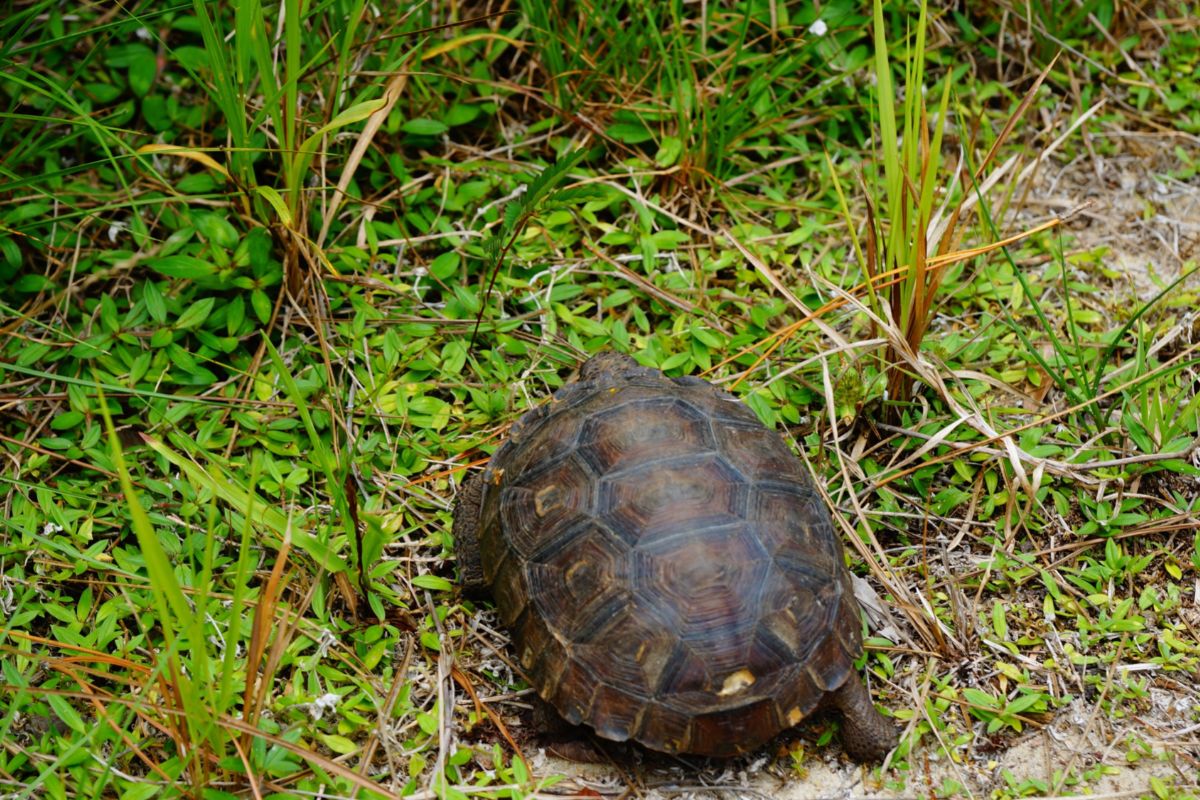
These animals are classified as “vulnerable to extinction” by the IUCN. There are thought to be roughly 700,000 of these tortoises left in their natural habitats, which is estimated to be less than a third of how many there were 100 years ago.
Like many species, the primary threat to these animals is habitat loss. Longleaf forests and other crucial areas for the tortoises are being destroyed by urbanization, an ongoing issue around the world.
If this issue continues as it has been, it is estimated that gopher tortoises could lose up to 20% of their critical habitats in the next 40 years or so.
Not only that, but the female tortoises are more at risk than the males. This is because they will travel long distances in search of a suitable nest spot. As such, they are more likely to come across people and be crushed by cars.
Both of these issues are only made worse by the fact that it can take 21 years for one of these tortoises to reach sexual maturity. Even for a tortoise, that’s a long time. The eggs have low survival rates, too.
All of these issues add up, and create a problem that needs to be solved from all angles.
Gopher Tortoise Program
Thankfully, there are a number of programs that are focused on helping gopher tortoises come back from the brink. This protected species is getting the help it needs in order to continue surviving, but more help is likely needed.
The Florida Fish and Wildlife Conservation Commission (FWC) takes volunteers to help with these tortoises. From treating injuries to transportation and relocation, they are doing their part to help these animals.
States are also doing their part to help. Georgia has a plan to protect over 60 tortoise populations permanently, which would protect many tortoises.
There are also a number of other conservation efforts that focus on education. Specifically, letting people know what they should and should not do if they come across one of these tortoises or their burrows.
The FWS also created an app for smartphones, which helps the public document the locations of these amazing animals.
Summary
The gopher tortoise is a land dwelling tortoise species found in the Southeastern United States. They are known for their impressive burrows and digging skills, but are threatened.
Since these reptiles only become sexually mature around the age of 21, their population is slow growing and ever dwindling.
While urbanization continues to be the main threat for these animals, there are other issues that these animals face. With the help of conservation efforts, however, these tortoises might be getting on the right track back to safer numbers.
Frequently Asked Questions
Are Gopher Tortoises Rare?
Gopher tortoises are considered vulnerable. This makes them relatively rare, however, they are only considered threatened in its range west of the Tombigbee and Mobile Rivers in Alabama.
Can You Get Bitten By A Gopher Tortoise?
These tortoises are typically docile, and are very unlikely to bite. To protect themselves, they will use their front legs as a shield once pulling their heads back into the shell. On rare occasions, a gopher tortoise might attack or bite a threat.
What Does It Mean If A Gopher Tortoise Is Head-Banging?
They are probably protecting their burrow.
Are Gopher Tortoises Important For The Ecosystem?
Yes, these tortoises are very important to the ecosystem.
Can You Keep A Gopher Tortoise As A Pet?
No, you are not allowed to keep a gopher tortoise as a pet.
What Do Gopher Tortoises Eat?
A gopher tortoise will eat anything from grass, mushrooms, fruit, leaves, and even dead insects.
Are Gopher Tortoises Protected In Florida?
Yes, you are not allowed to “take” a gopher tortoise. This means that you cannot harass, harm, sell, trade, or transport a tortoise. This also applies to their burrows and eggs, which are protected, too.
What Do You Do If You Find A Gopher Tortoise In Your Backyard?
Leave it alone. You should keep all pets and children away from it, and you must not disturb the area wherever possible. No digging, mowing, or driving should be done near the area if there is a burrow.
However, you can still trim grass and weeds using a weed trimmer if necessary.
- Why are skunks called polecats? - November 16, 2022
- Do Armadillos lay eggs? - November 16, 2022
- Can animals have down syndrome? - October 5, 2022

